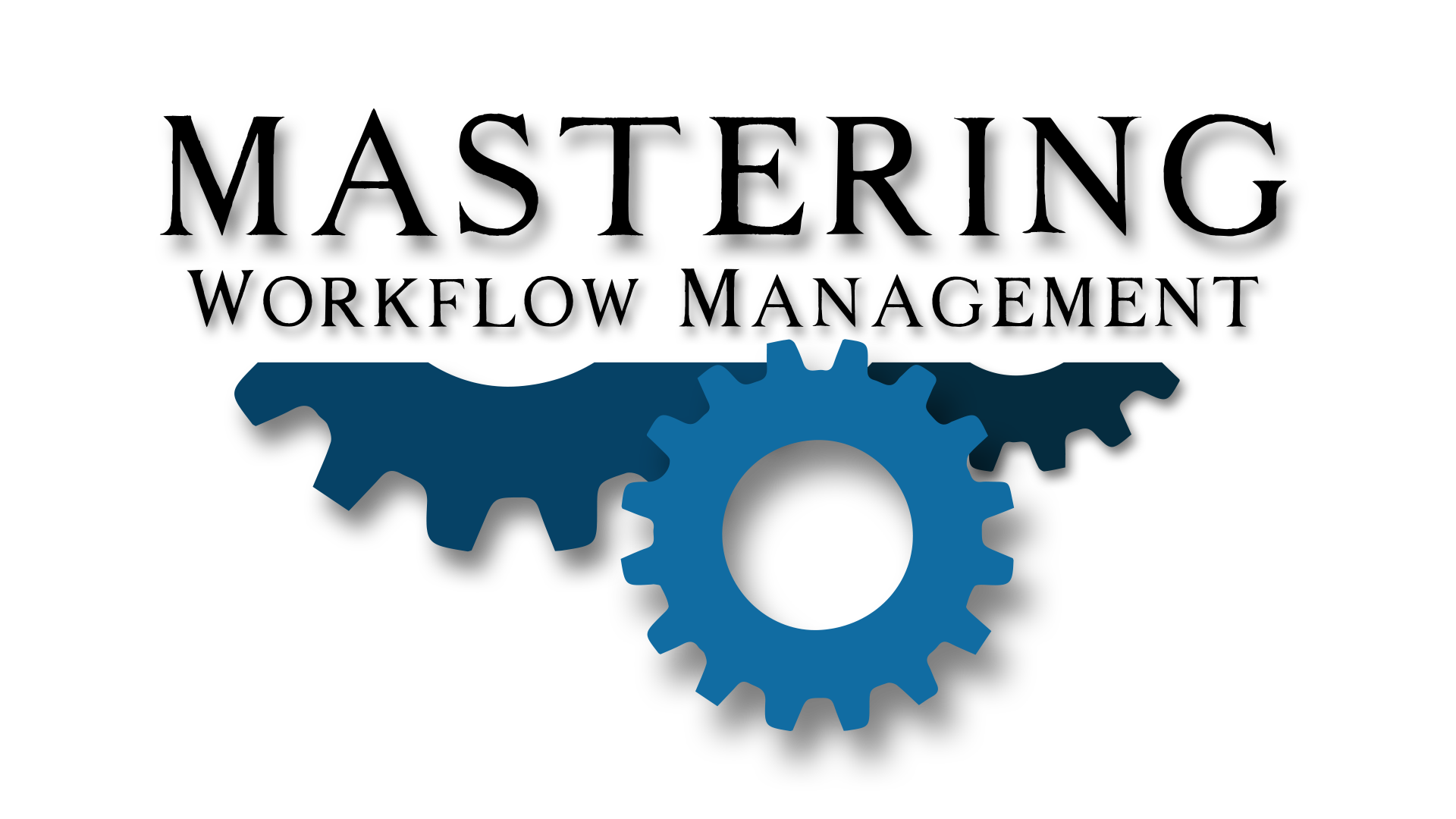At an MWM Speed Reading Crash Course I taught last night, one of the course participants asked me about listening to music while speed reading. I cautioned against it, excepting Baroque music generally speaking, and its largo movements in particular. Why the caution and why the exception?
The reason I generally caution against listening to music while speed reading (with the exception noted above) is that speed reading requires a well-lit, quiet, comfortable, and distraction-free environment. Listening to music negates two out of four of the above requirements (quiet and distraction-free). So, why the exception for Baroque music generally speaking, and its largo movements in particular? Aren’t these still audible and distracting?
While audible, even at an ideally low volume while speed reading, Baroque music generally speaking, and its largo movements in particular, are not distracting. As a matter of fact, they are ideally suited to speed reading (or even just plain reading). They’ll actually help you to focus throughout the speed reading process, comprehend what you’re reading and recall it. But what are Baroque music generally speaking, and its largo movements in particular and how do they do all this? To answer this question, let us first turn to 17th Century Rome and then to the rest of Europe in that century.
Seventeenth-century Rome saw the beginning of a period of artistic style that later spread to the rest of Europe and is known as Baroque. Baroque music expresses order. It seeks to reflect the order of the universe as did the art of Ancient Greece. This endeavor began in Ancient Greece thanks to philosophy, which showed man that the universe was ordered, the human mind was ordered, and the human mind could comprehend the order found in the universe. Your mind will love Baroque music, generally speaking, and its largo movements in particular, even if your ears don’t at first. But what are largo movements? Let’s take a closer look at the structure of Baroque music to answer this question and unlock its incredible secret.
Baroque music usually consists of three movements: two faster outer movements and a middle movement slower in tempo. The middle movement is the largo movement. The tempo is usually 40-60 beats per minute. As you listen to it, your heart rate will tend to match it. Now it gets really cool! Your conscious and subconscious brain wave frequencies overlap in the 7-10 cycles-per-second range. When your heart rate matches the Baroque largo movement tempo of 40-60 bpm, your brainwave frequencies hit the 7-10 cps-range. When this happens, you are able to reach down into your subconscious mind and retrieve the information stored there—everything you’ve ever read! In contrast, stress raises your brainwave frequencies so high that you can’t easily retrieve the information stored there—something most of us have experienced at one time or another in a testing situation.
Now that I’ve explained why you would want to listen to baroque music while speed reading for the sake of your brain, whether or not your ears like it, let me share with you my favorite Baroque composers and interpreters. My top-ten favorite Baroque composers are (in alphabetical order by last name): C.P.E. Bach, J.S. Bach, Corelli, Geminiani, Handel, Locatelli, W.A. Mozart, Rameau, Telemann, and Vivaldi. My favorite interpreters perform on period instruments. They are Cambridge, England-based The Academy of Ancient Music, founded in 1973 by my favorite conductor, Christopher Hogwood, a harpsichordist. And to think I didn’t even like the harpsichord when I first started listening to Baroque music. At the time, I preferred the Classical and Romantic-period piano. Speaking of the Classical period, C.P.E. Bach and W.A. Mozart are Classical period composers, but also did compose in the Baroque style. I hope you learn to appreciate it as I did. Whether speed reading or just plain reading, if it ain’t Baroque, don’t fix it!









